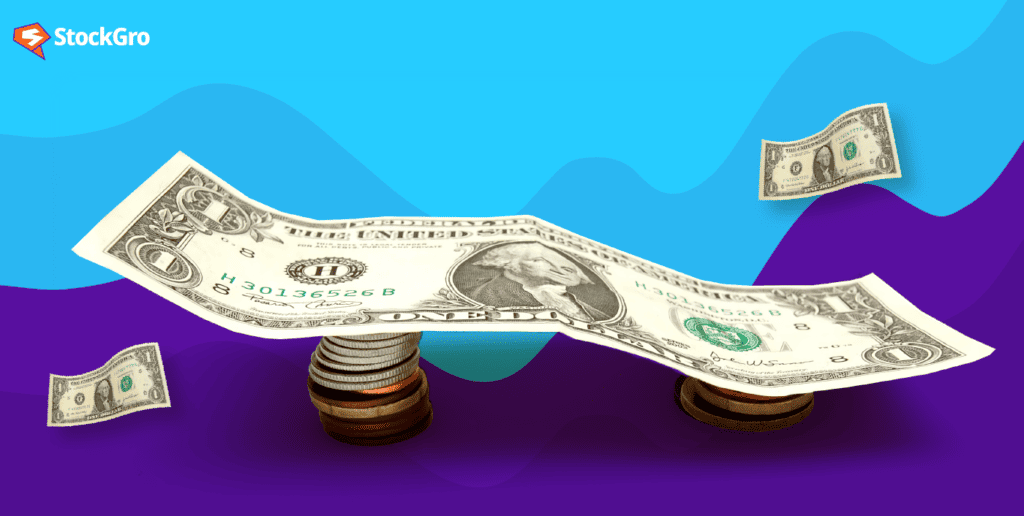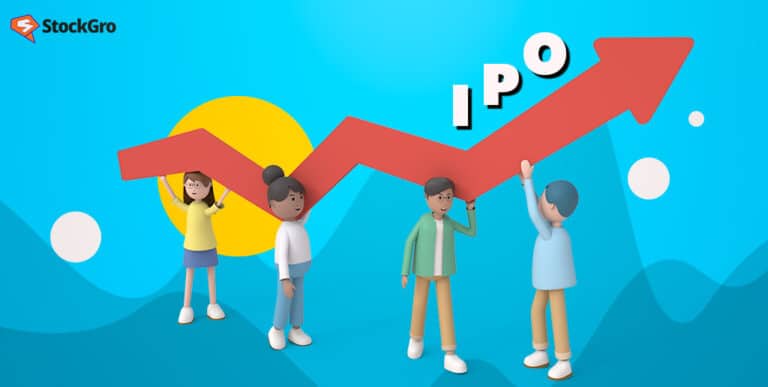
Investing in the stock market can be thrilling, but it also comes with its fair share of risks. Trying to predict the best time to buy or sell stocks is a challenging task, even for experienced investors. Luckily, there’s a strategy that can help mitigate some of these risks: dollar-cost averaging.
When you invest regularly in small amounts, the cost of acquiring stocks or funds is averaged out over time. This means you buy more when prices are low and less when prices are high. The goal is to maximise gains when it’s time to cash out.
The popularity of SIPs (Systematic Investment Plans) is evident from the rising number of investors and the amount of money flowing into them. In May 2023 alone, mutual fund SIP accounts reached a staggering Rs.6.53 crore, with a total investment of Rs.14,749 crore.
And these numbers have been consistently impressive over the past few months; the corresponding figures were Rs.13,728 crore, Rs.14,276 crore and Rs.13,686 crore for April, March and Feb, respectively.
Let’s dive into this concept and discover how it can benefit investors like you.
You may also like: Understanding the difference between equity and debt IPO for the right investment
What is Dollar-Cost Averaging?
Dollar-cost averaging is a fancy term for a simple idea: you invest your money in equal portions at regular intervals, regardless of whether the market or a particular investment is going up or down. Instead of trying to pick the perfect moment to buy or sell, you invest a fixed sum consistently over time.
It’s like buying your favourite candy bar every week, no matter the price—sometimes it’s on sale, sometimes it’s not. The key is consistency. The beauty of dollar-cost averaging is that it helps reduce the impact of market volatility on your investments.
Let’s break it down with an example. Say you decide to invest Rs.100 every month in a particular stock or mutual fund. If the price of the investment is high, your Rs.100 will buy fewer shares; if the price is low, your Rs.100 will buy more shares.
Timing the market vs Dollar-cost averaging
While some investors may be tempted to time the market by buying and selling based on short-term predictions, taking a long-term perspective is often more fruitful.
Timing the market requires accurate predictions of when the market will rise or fall, which is no easy feat. Instead, dollar-cost averaging offers a more consistent and reliable approach to investing.
| Dollar-cost averaging | Market timing |
| Invest set amounts regularly | Try to buy at the right time |
| Remove emotions from investing | Emotions play a big role |
| Focus on consistency, ignoring market performance | Focus on market performance and timing |
| No need to stress about timing the market | Risk of regret and procrastination |
The catch with dollar-cost averaging
If the price of your investment increases while you’re consistently investing fixed amounts, you’ll ultimately acquire a smaller number of shares compared to making a lump sum investment when the initial price was lower.
Let’s understand two different scenarios:
Scenario 1: Dollar-Cost Averaging
Here, you decide to invest your Rs. 300 over three months, investing Rs.100 each month. Here’s what happens:
First Month: The share price is Rs.20, so you buy 5 shares.
Second Month: The price jumps to Rs.50, and you can only afford 2 shares.
Third Month: A market drop brings the price down to Rs.10, allowing you to snag 10 shares.
At the end of the three months, you invested Rs.300 and accumulated 17 shares. With an average cost per share of Rs.17.6 (300/17).
Scenario 2: Lump-Sum Investing
In this alternate reality, you decide to go all-in and invest your entire Rs.300 in the first month. Here’s what unfolds:
Month 1: You buy 15 shares at Rs.20 each.
That’s two fewer shares you’d have compared to consistently putting money into the market. In this example, dollar-cost averaging would beat a one-time lump sum investment.
On top of that, your average cost per share is lower as well (Rs.17.6 vs. Rs.20).
Profits and Losses
Now, let’s fast-forward to month four and see how your investments perform:
Scenario 1: If the share price stays at Rs.20, you sell your 17 shares for Rs.340, pocketing an Rs.40 profit. But if the price doubles to Rs.40, you sell for Rs.680, raking in Rs.380 profit.
Scenario 2: With an Rs.20 share price, you break even(technically, if we include the brokerage charges, you are at a loss), selling your 15 shares for Rs.300. However, if the price shoots up to Rs.40, you sell for Rs.600, earning an Rs.300 profit.
Also Read: Do all technical analysis tools work equally well?
Does dollar-cost averaging really work?
Well, in the real world, things aren’t always picture-perfect. Research shows that over the long term, dollar-cost averaging may not outshine lump sum investing. So, if you have a big pile of cash waiting to be invested, it’s usually better to go all-in from the start.
But, if investing a large sum at once feels overwhelming, dollar-cost averaging can be a stress-free option to ease into the investment game.
Advantages of dollar-cost averaging
- Minimizes losses: If the security you’re investing in takes a nosedive, dollar-cost averaging helps you buy more shares at a lower price, reducing your losses.
- No market watching required: You don’t need to constantly monitor market trends or try to time the perfect entry point. Just set up your regular investments and let them do their thing.
- Builds a solid portfolio: By consistently investing over time, you can build a diversified portfolio without needing a large amount of capital upfront.
- Can be automated: Set up automatic investments, sit back, and relax while your money grows.
Disadvantages of dollar-cost averaging
- Potential reduced returns: If the security you’re investing in skyrockets, dollar-cost averaging might result in you buying fewer shares at a higher price, reducing your potential returns.
- Unused funds don’t grow: If you have extra cash sitting idle, dollar-cost averaging won’t put it to work. It’s best suited for a systematic investment approach.
- Trading fees: Making frequent trades can rack up trading fees, eating into your investment returns.
Also Read: Understanding how a secondary offering IPO works & types
Why dollar-cost averaging shines in a bear market?
When the market is in a downward spiral, dollar-cost averaging proves to be a powerful weapon. Here’s why:
- Scooping up shares at low prices: By consistently investing during a bear market, you’re buying additional shares at bargain prices, guaranteeing a lower average cost.
- Eliminating emotional rollercoasters: When fear takes over during a bear market, many investors freeze and miss out on potential gains. But with dollar-cost averaging, you’re investing regardless of market sentiment, ensuring you participate in the eventual market recovery.
In the end, the key is to find an investment approach that suits your goals, risk tolerance, and preferences. So, whether you opt for dollar-cost averaging or go all-in, make sure you’re playing to your strengths and staying true to your investment goals.

